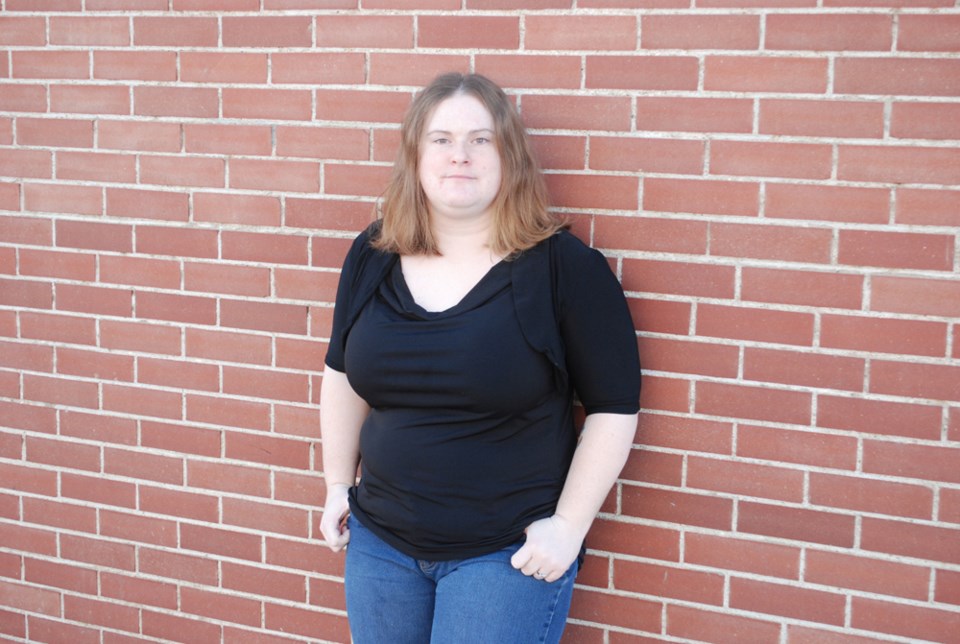Welcome to 2018.
In my last editorial, I mentioned that one of my wishes for 2018 was for people to become more informed.
This is a time of heightened emotions and stress, especially when you consider potentially explosive situations such as the relationship between United States President Donald Trump and North Korean President Kim Jong-un.
I hear a lot of critisms of how the media covers stories of such a serious nature.
Who is perpetuating the problem? Who is staying silent on certain issues? Who should not be trusted because they lean more to the left or right on the political spectrum?
Everyone, whether a member of the media or not, has their own personal biases, and these can colour how each one of us see the news.
Whether the story is coming from Fox, CBC, MSNBC, CTV, Global or CNN, we need to start taking a critical look at what is being reported.
This critical way of looking at news stories is not something people exercise all the time.
Before I go on, I will admit that I am not blameless myself.
Sometimes I am too quick on that share button. I do not take the necessary steps to explore what I am sharing and checking whether it is true or not. I am also sometimes too set in my own opinions, which is not good either.
We can all do more to check our own biases at the door whenever we are watching the news or reading an article.
So how do we do that?
I recently listened to a CBC panel that included Piya Chattopadhyay, Anna Maria Tremonti and Duncan McCue: all three journalists with a wealth of knowledge and experience in the field. They were discussing the journalism world, and plenty was said about how we are dealing with biases in a time of “fake news”.
The best advice came from Chattopadhyay, who said that the best thing we can do is just listen.
“We need to listen to the people we don’t agree with the most. We need to hear them and hear why they’re coming to how they think.”
There is a lack of empathy in the world, Chattopadhyay said, and we can all learn a little bit more by seeing other sides of a story.
Empathy is a two-way street. Everyone deserves the same courtesy, and deserves to be listened to, even when it’s difficult for the listener.
This can be extended to media articles. It’s easy to only read or watch stories that confirm our own point of view; it’s much harder to do the same for the opposing side of an issue.
Comparing what CBC, FOX and CNN are saying can give new or different information and can help people see the story from different angles.
It’s interesting that television personalities such as comedian John Oliver are becoming more trusted than many other sources of news in American journalism. And it’s important to note the Oliver cites his sources, including government documents and other primary sources.
More and more fact checking sites are popping up online as well, where anyone can double check what they are hearing or reading.
As with news sources, it’s important to find one that not just makes claims but also backs them up with real documentation and evidence.
We need to be our own fact checkers and do the work to get the full story. When we do, we can make our own decision about whether a news story is fake, or just viewed from a different angle.
Chattopadhyay said it best: “The loudest voice isn’t always the right one.”




